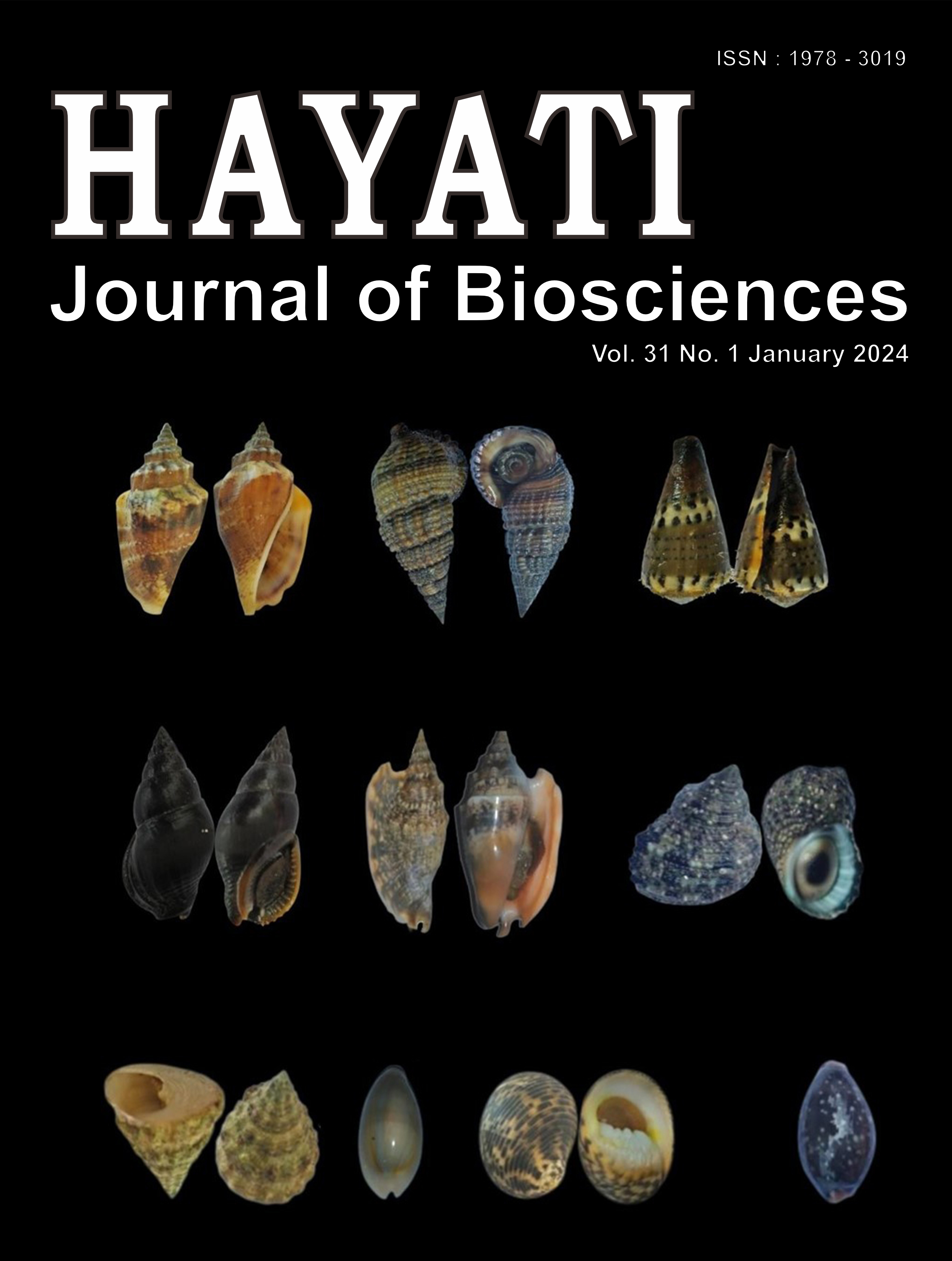Biomineralization Biotechnology Utilizing Lysinibacillus sphaericus to Improve Mechanical Properties of Mortar
Abstract
Biomineralization has notably enhanced the qualities of cement-based materials, particularly through bacterial-facilitated calcite precipitation via calcium lactate oxidation. However, existing research mainly targets self-healing aspects, with little focus on bio-based mortar properties. Consequently, this study provides a comprehensive examination of the enhancements in dry density, ultrasonic pulse velocity (UPV), and flexural strength, achieved through the application of a novel indigenous bacterial strain (Lysinibacillus sphaericus strain SKC/VA-1) from Indonesia, coupled with the incorporation of calcium lactate pentahydrate as an additive. A total of six mortar samples were prepared to investigate the influence of bacteria on the properties of mortar through biomineralization. The samples included plain mortar (M), mortar mixed with calcium lactate pentahydrate (ML), mortar mixed with a 10% v/v bacterial inoculum (MB1), mortar mixed with calcium lactate pentahydrate and a 10% v/v bacterial inoculum (MLB1), mortar mixed with a 20% v/v bacterial inoculum (MB2), and mortar mixed with calcium lactate pentahydrate and a 20% v/v bacterial inoculum (MLB2). The employment of a distinct bacterial strain for oxidizing calcium lactate represents an innovative aspect of the current study. The presence of organic calcium was found to have no adverse effects on the mortar matrix. Optimal inoculum concentrations of bacteria (10% v/v), in conjunction with calcium lactate pentahydrate, yielded superior mechanical properties. Mineralogical characterization via X-ray diffraction and microstructural analysis through scanning electron microscopy substantiated the incidence of calcite precipitation, which facilitated pore infilling and consequently augmented both the ultrasonic pulse velocity and the flexural strength of the mortar.
Downloads
Copyright (c) 2023 Ridwan Syarif, Siti Khodijah Chaerun, Ridho Kresna Wattimena

This work is licensed under a Creative Commons Attribution-NonCommercial 4.0 International License.
HAYATI J Biosci is an open access journal and the article's license is CC-BY-NC. This license lets others distribute, remix, tweak, and build upon author's work, as long as they credit the original creation. Authors retain copyright and grant the journal/publisher non exclusive publishing rights with the work simultaneously licensed under a https://creativecommons.org/

























.png) IPB University
IPB University Department of Biology
Department of Biology The Indonesian Biological Society
The Indonesian Biological Society 

